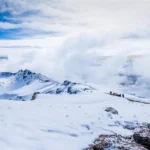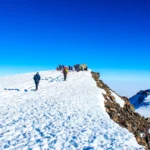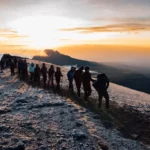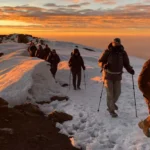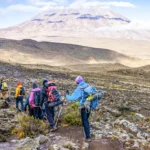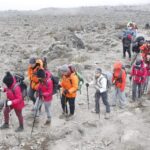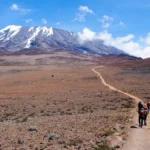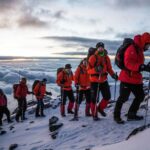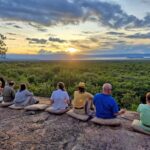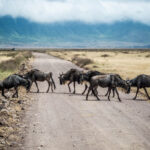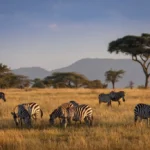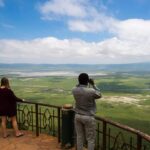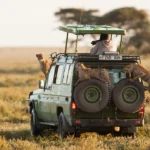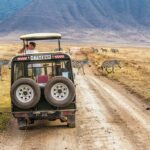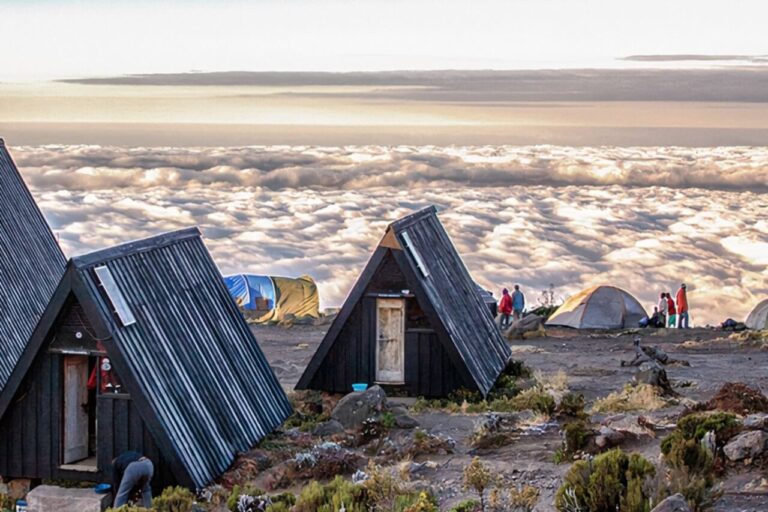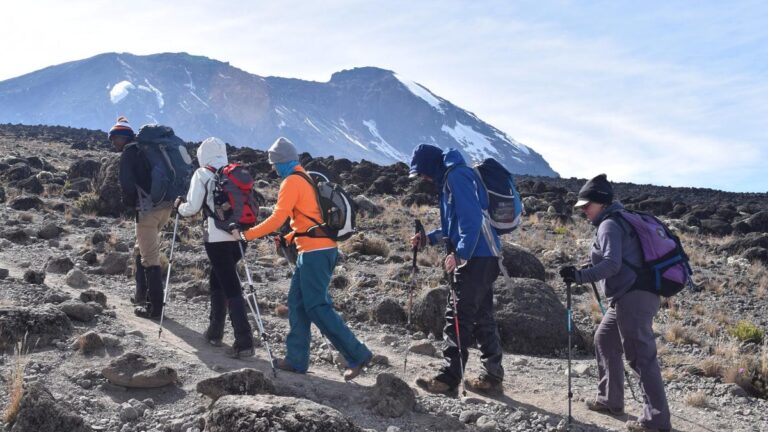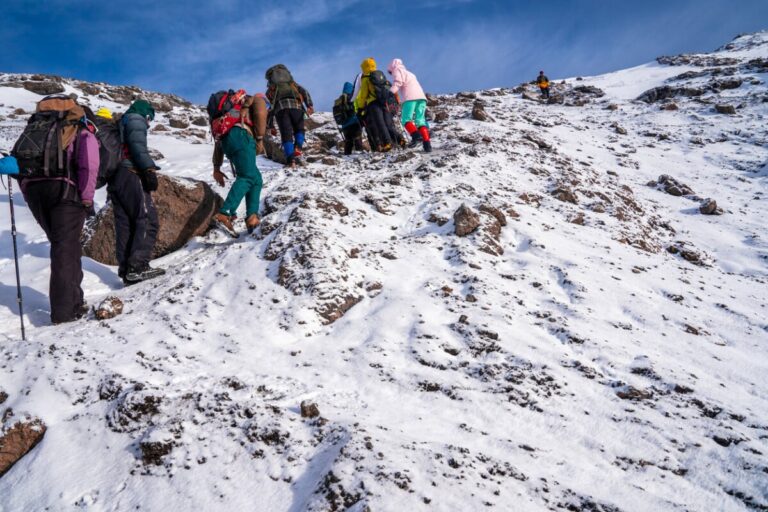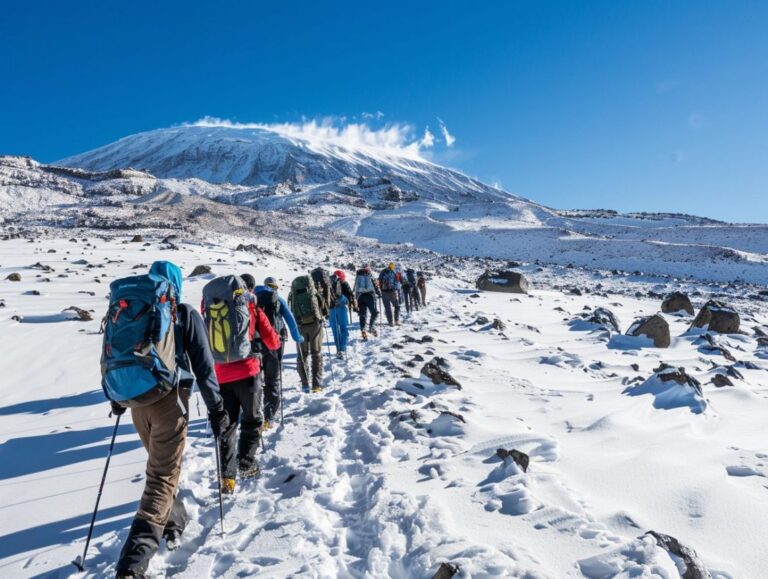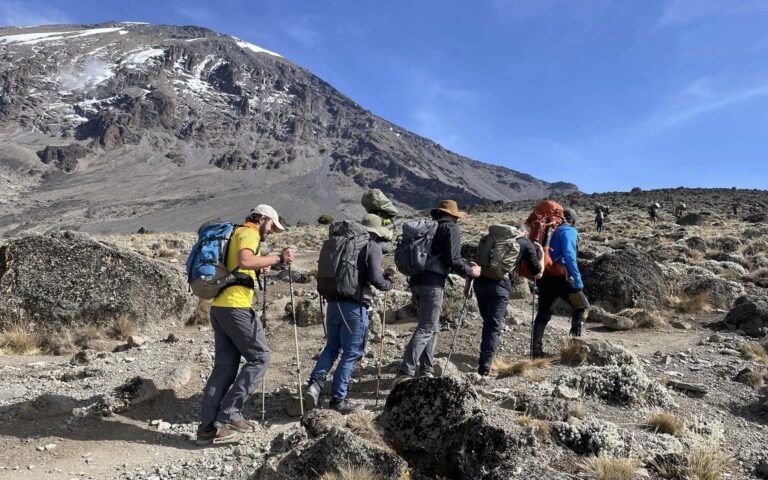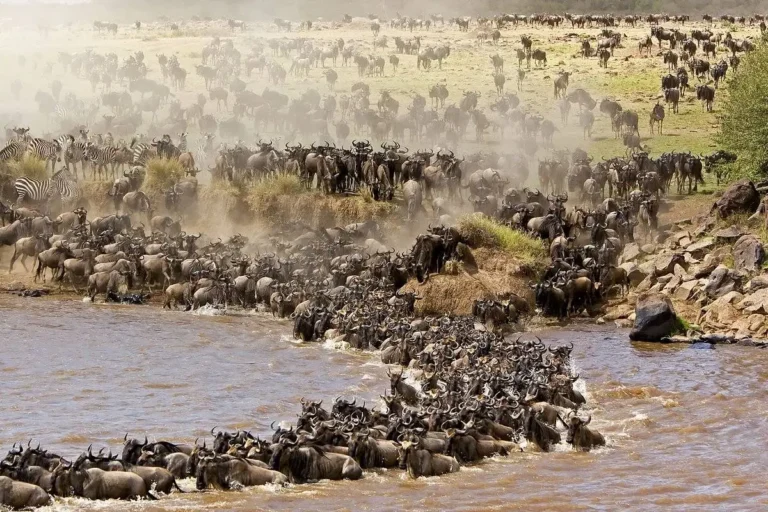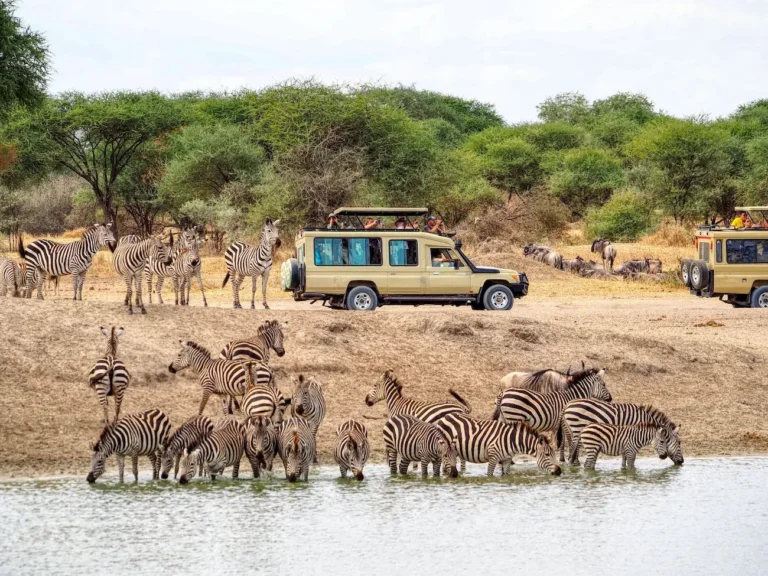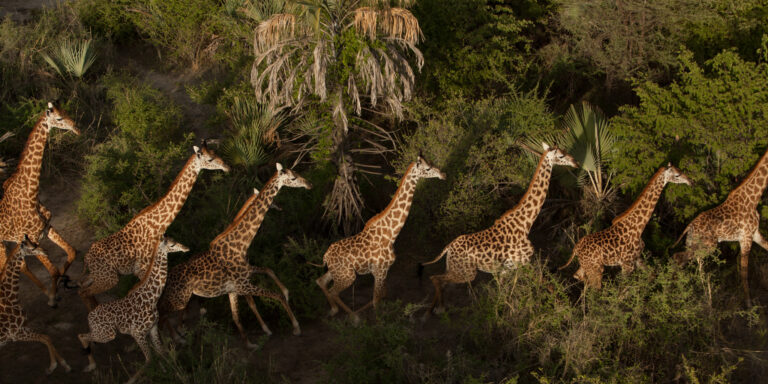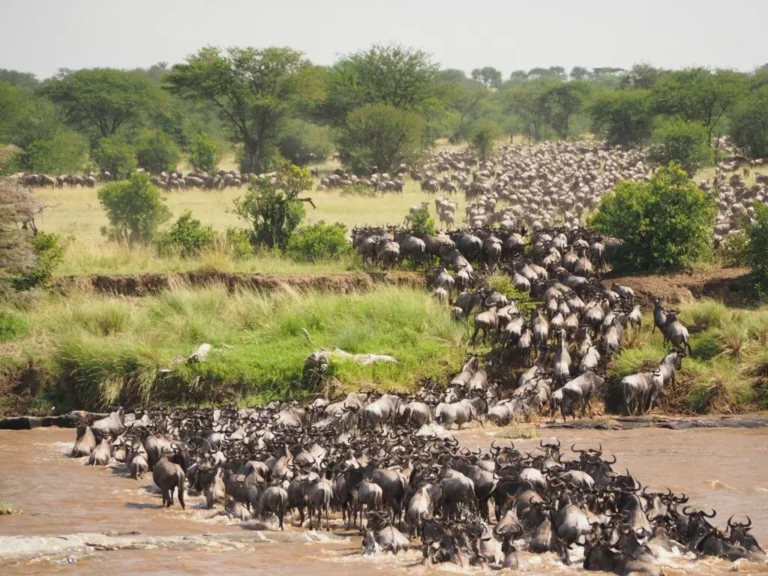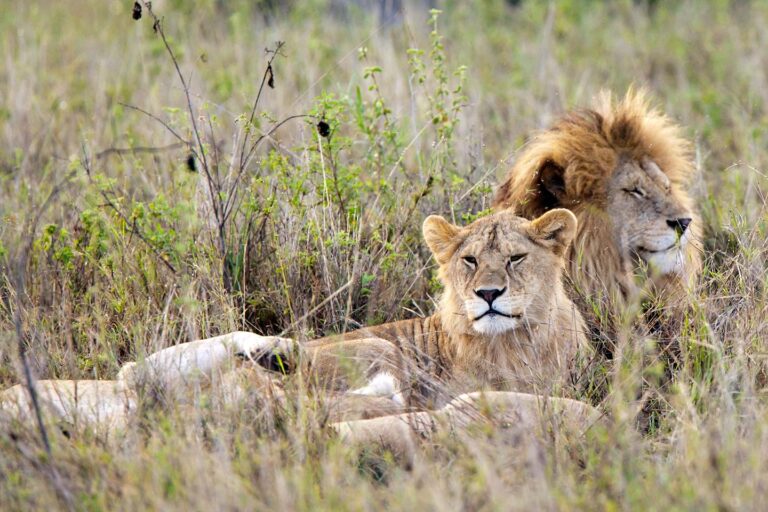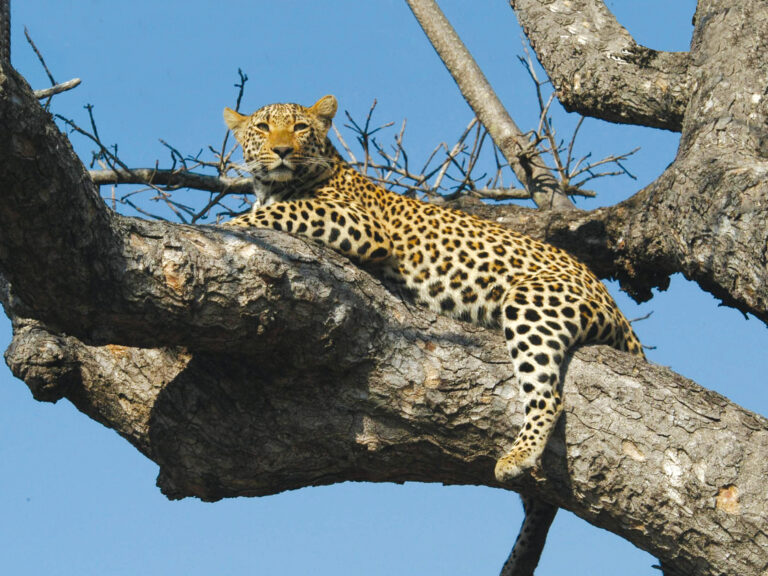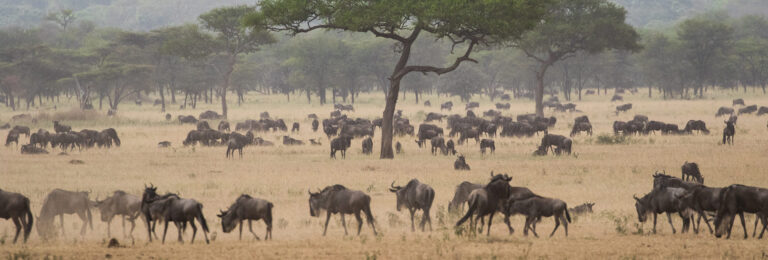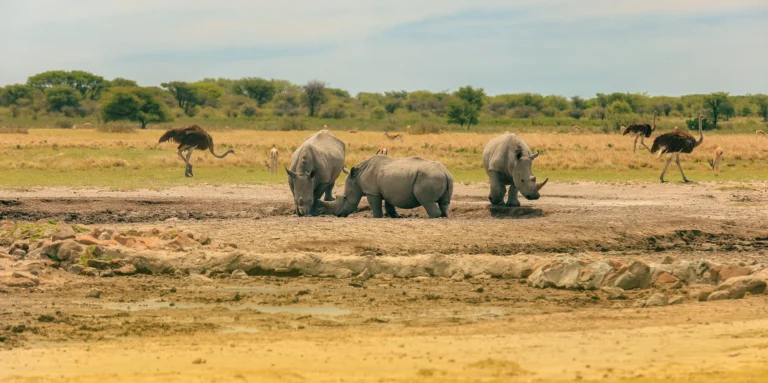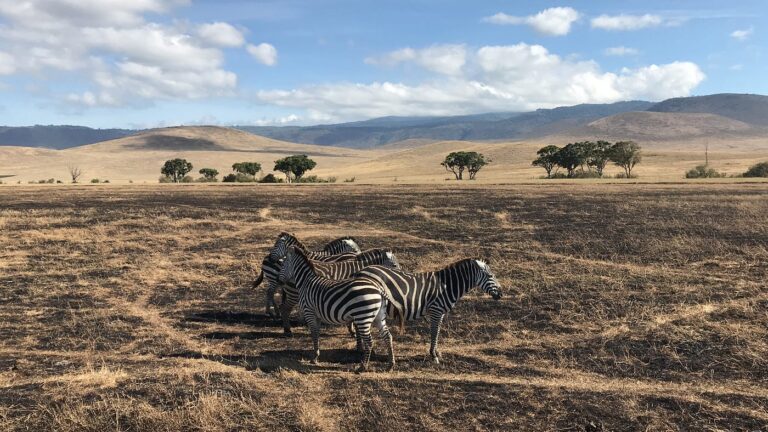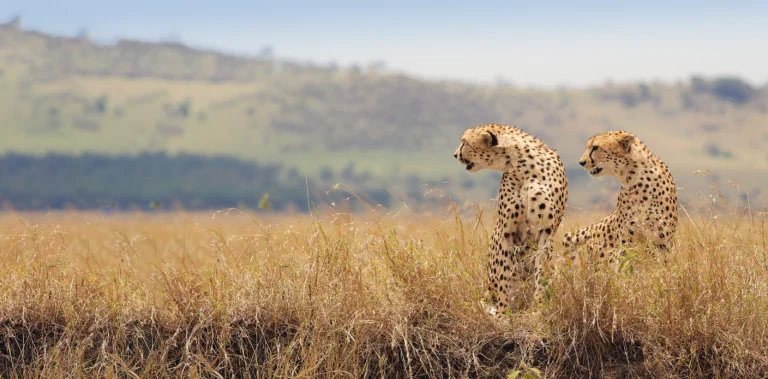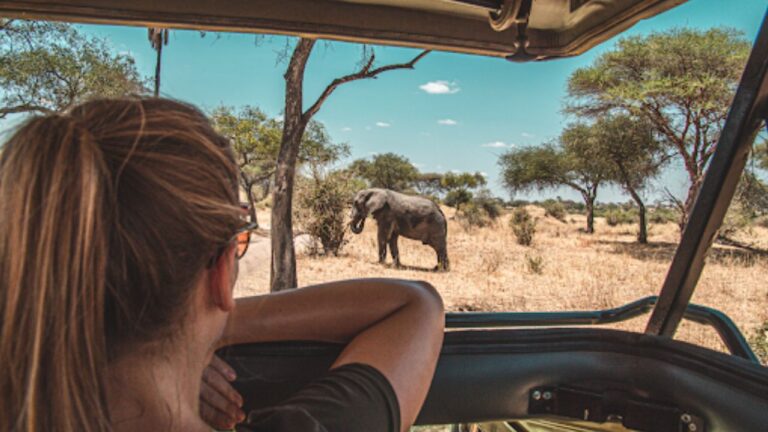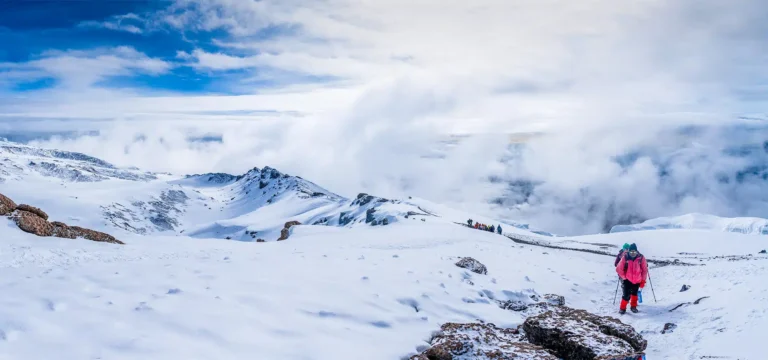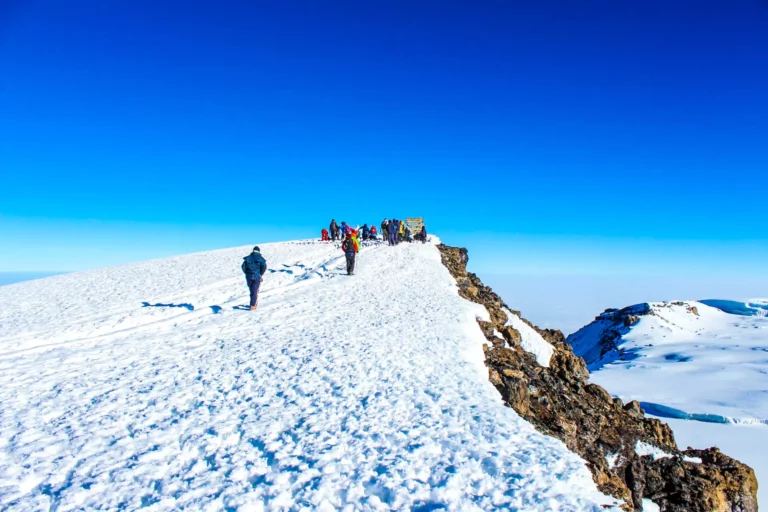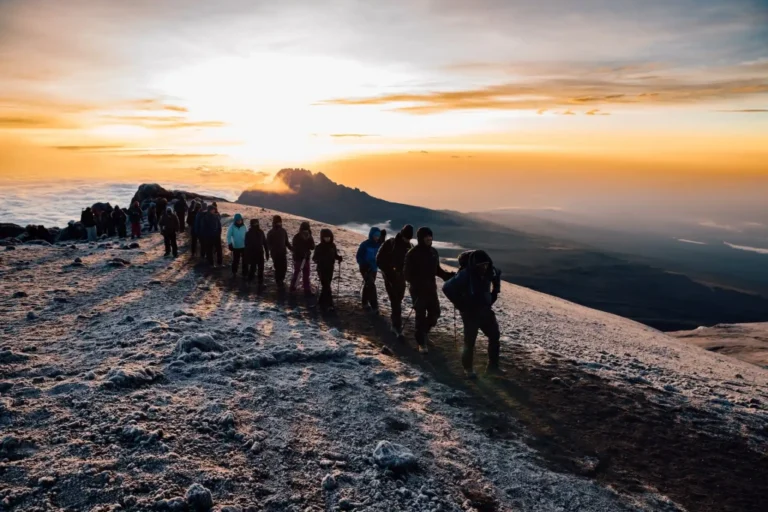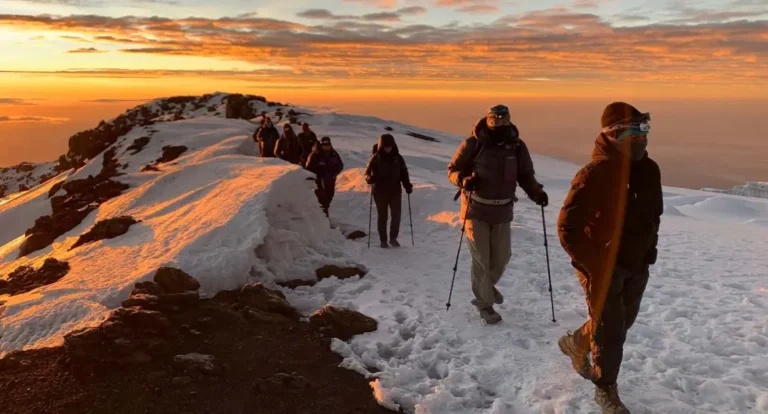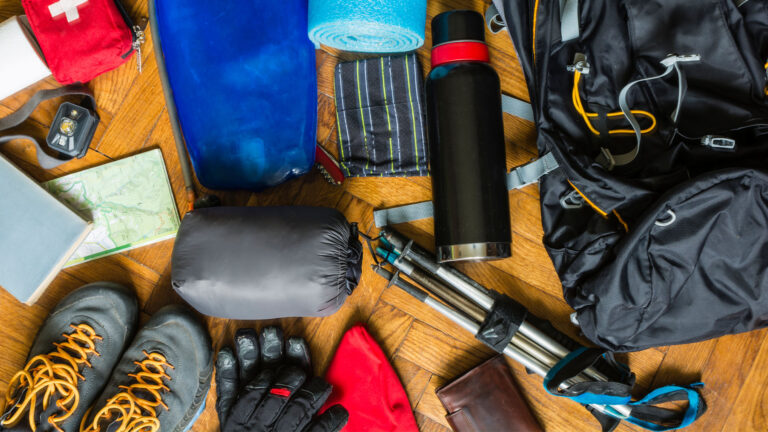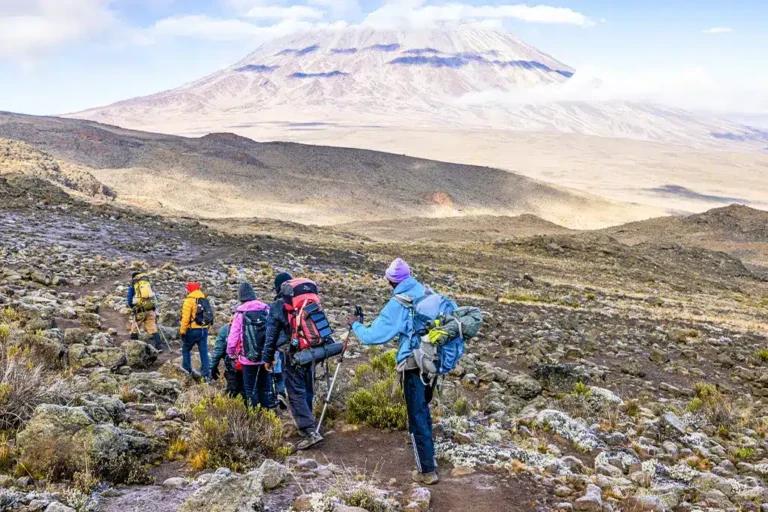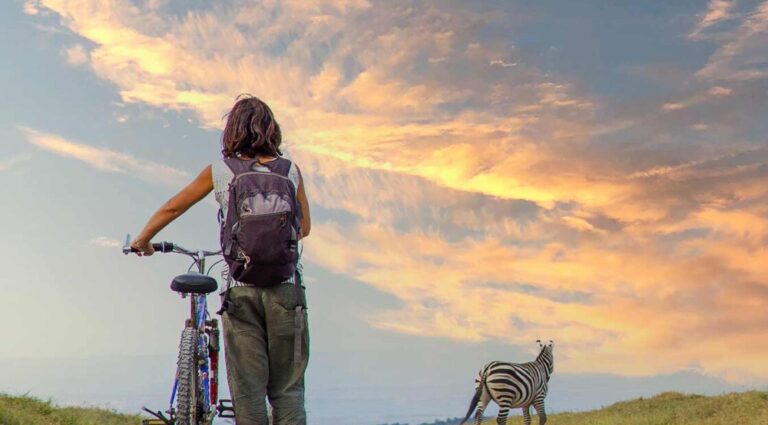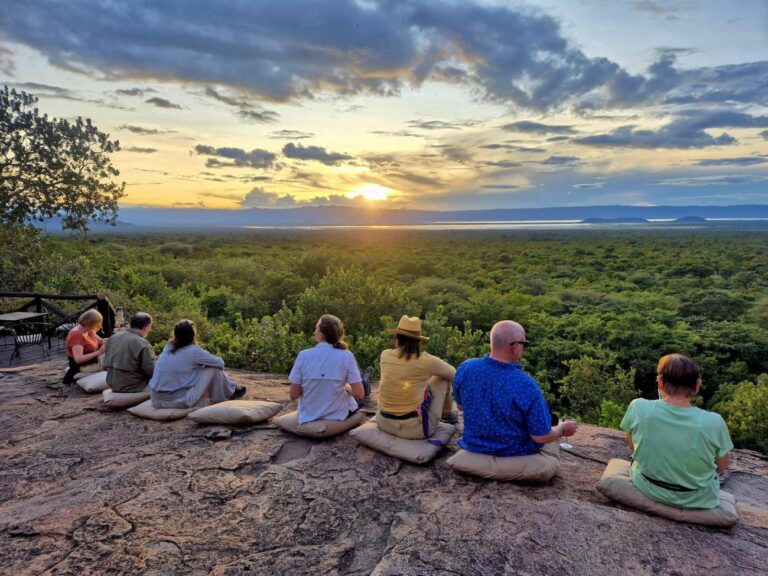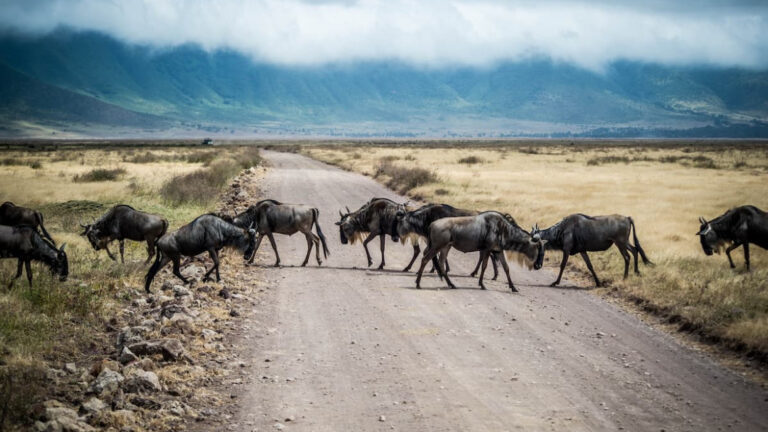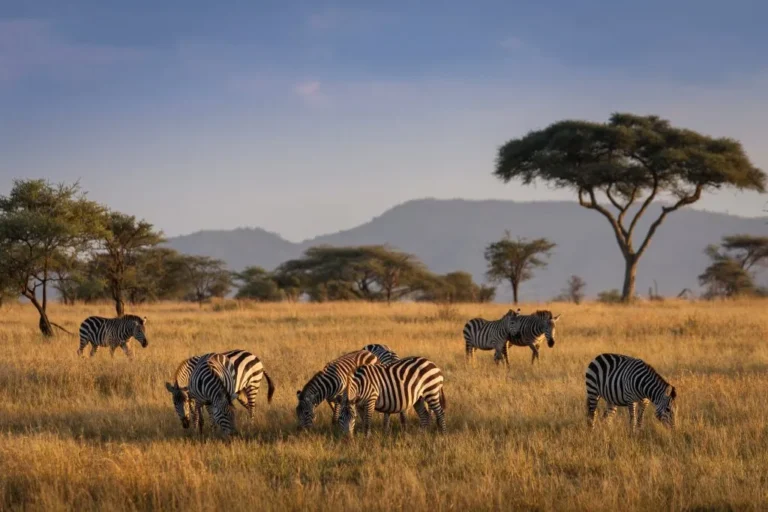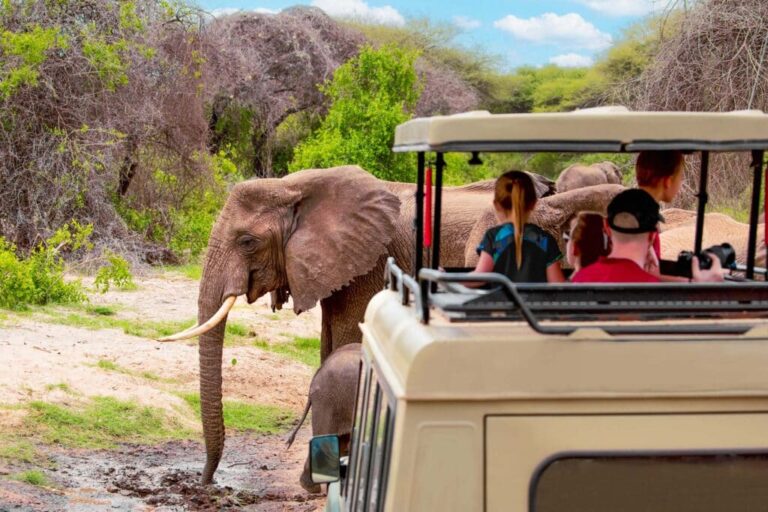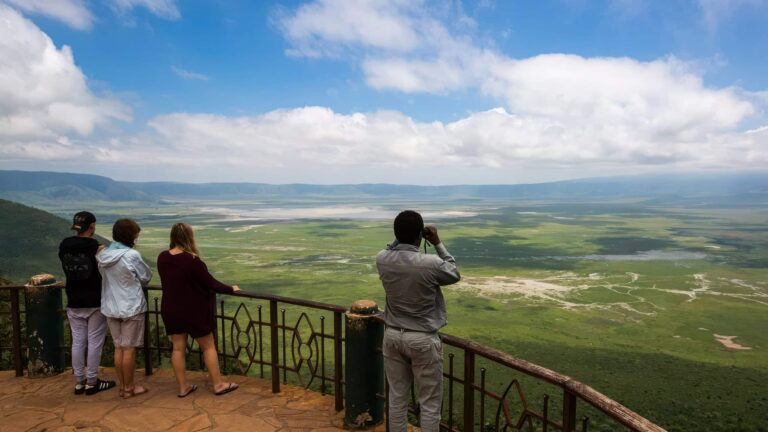Le maestose montagne della Tanzania, dal maestoso Kilimanjaro al panoramico Monte Meru, offrono agli scalatori un’avventura indimenticabile. Per sfruttare al meglio il tuo viaggio, è fondamentale capire qual è il periodo migliore per scalare, considerando meteo, stagionalità e affollamento.
Le stagioni secche sono generalmente considerate il periodo ottimale per scalare. Da fine giugno a ottobre, il clima è relativamente stabile, i sentieri sono più asciutti e la visibilità è migliore. Questo periodo offre viste mozzafiato dalla vetta, piogge minime e maggiori possibilità di successo in cima.
Un’altra finestra favorevole va da fine dicembre a febbraio. Sebbene leggermente più caldo, questo periodo offre comunque cieli sereni e sentieri asciutti. Molti viaggiatori scelgono questo periodo per combinare la scalata con un safari, poiché la fauna nei parchi vicini è molto visibile.
Le stagioni delle piogge, da marzo a maggio e a novembre, presentano sfide particolari. I sentieri possono essere scivolosi e le nuvole potrebbero oscurare la vista dalla vetta. Tuttavia, in questi mesi ci sono meno scalatori, creando un’esperienza più tranquilla e intima per chi è preparato ad affrontare condizioni più umide.
La gestione dell’affollamento è un fattore importante. I periodi di picco, specialmente luglio, agosto e le festività di dicembre, possono essere molto affollati. Prenotare in anticipo è fondamentale per assicurarsi guide, alloggi e permessi. Se preferisci tranquillità, considera mesi di mezzo stagione come giugno o settembre.
Le variazioni meteorologiche giornaliere sono critiche da considerare. Le mattine sono spesso serene, mentre i pomeriggi possono portare nuvole o piogge improvvise. Si consigliano partenze anticipate per tentativi di vetta, per evitare temporali pomeridiani e massimizzare le possibilità di ammirare l’alba dalla cima.
L’acclimatazione all’altitudine è un’altra considerazione fondamentale. Anche durante le stagioni ideali, le elevate altitudini del Kilimanjaro e del Monte Meru possono causare mal di montagna. Salite graduali, idratazione corretta e giorni di riposo sono essenziali per una scalata sicura e piacevole.
Per chi cerca avventura e comfort, la scelta del percorso è importante. Alcuni sentieri sono più esposti ai cambiamenti meteorologici, mentre altri sono più riparati e permettono un aumento graduale di quota. Scegliere il percorso giusto può migliorare significativamente l’esperienza a seconda della stagione.
Combinare la scalata con esperienze culturali o di osservazione della fauna può influenzare il periodo di viaggio. Alcuni mesi offrono migliori opportunità per assistere a migrazioni animali, partecipare a festival locali o godere di paesaggi in fiore, aggiungendo valore al viaggio.
In definitiva, il periodo migliore per scalare le vette della Tanzania dipende dalle tue priorità: successo in vetta, viste limpide, minore affollamento o incontri unici con la fauna. Pianificando l’itinerario in base a stagionalità e consigli sull’affollamento, vivrai un’avventura in montagna indimenticabile.
La preparazione è fondamentale. Monitorare le previsioni meteo, prenotare con guide esperte e preparare l’equipaggiamento adatto alle condizioni stagionali renderà la scalata più sicura, confortevole e memorabile. Le grandi vette della Tanzania ti aspettano, pronte a offrire un’avventura unica nel periodo ideale per te.
Tabella stagionale consigliata per le vette della Tanzania
| Mese | Meteo & Condizioni Sentieri | Temperatura (°C) | Probabilità di Vettta | Affollamento | Note & Consigli |
|---|---|---|---|---|---|
| Gennaio | ☀️ Soleggiato, piogge occasionali | 15–28 | Alta | Media | Ottimo per combinare scalata e safari; buona visibilità. |
| Febbraio | ☀️ Secco e caldo | 16–29 | Alta | Media | Ideale per viste dalla vetta; sentieri in buone condizioni. |
| Marzo | 🌧 Inizio piogge lunghe; sentieri scivolosi | 15–27 | Media | Bassa | Pochi scalatori; terreno impegnativo. |
| Aprile | 🌧 Piogge intense, sentieri fangosi | 14–25 | Bassa | Molto bassa | Sconsigliato; sentieri difficili. |
| Maggio | 🌤 Piogge in calo; paesaggi lussureggianti | 14–26 | Media | Bassa | Panorami belli ma scivolosi; pochi turisti. |
| Giugno | ☀️ Inizio stagione secca; cieli limpidi | 12–24 | Alta | Media | Mattine fresche; ottime condizioni per vetta. |
| Luglio | ☀️ Secco, stabile e soleggiato | 10–23 | Alta | Alta | Alta stagione; prenotare in anticipo. |
| Agosto | ☀️ Secco, limpido, freddo la notte | 10–22 | Alta | Alta | Mese popolare; ottime probabilità di vetta. |
| Settembre | ☀️ Secco, meno affollato dei mesi di picco | 11–24 | Alta | Media | Ideale per viste limpide e sentieri tranquilli. |
| Ottobre | 🌤 Fine stagione secca; piogge occasionali | 12–26 | Alta | Media | Buona visibilità; meno folla rispetto ai mesi di picco. |
| Novembre | 🌧 Inizio brevi piogge; sentieri scivolosi | 14–27 | Media | Bassa | Periodo tranquillo; pianificare con attenzione. |
| Dicembre | ☀️ Prevalentemente secco; possibili piogge moderate | 15–28 | Alta | Alta | Festività; combinare con safari per viaggio completo. |
Legenda icone:
☀️ = Soleggiato / sereno
🌤 = Parzialmente nuvoloso / piogge occasionali
🌧 = Piovoso / sentieri bagnati

